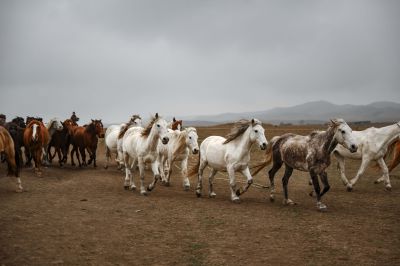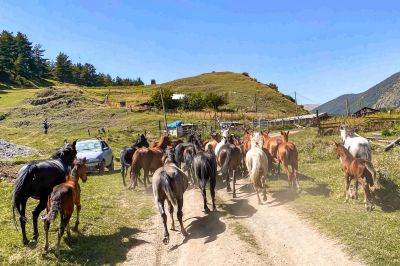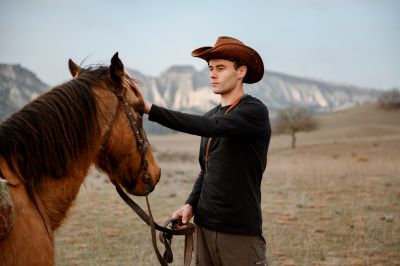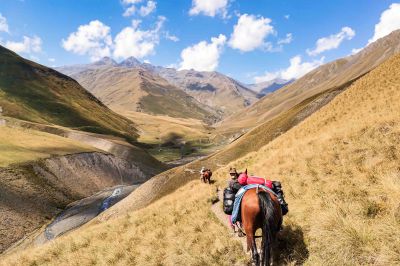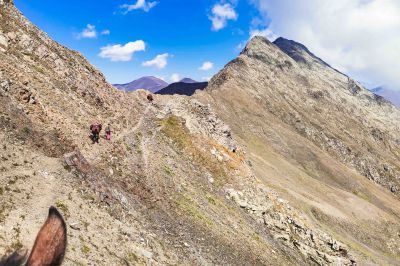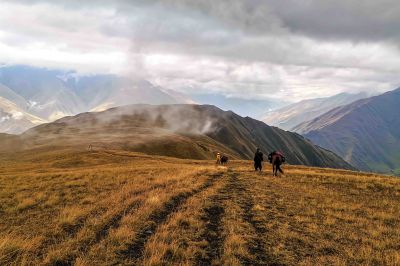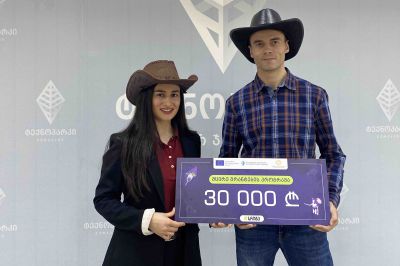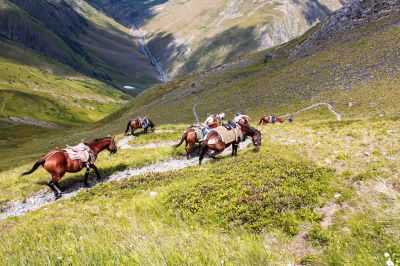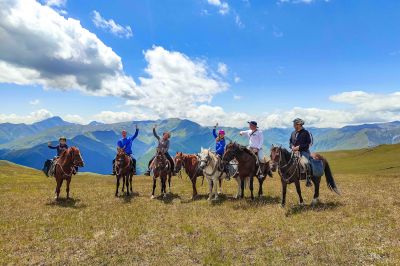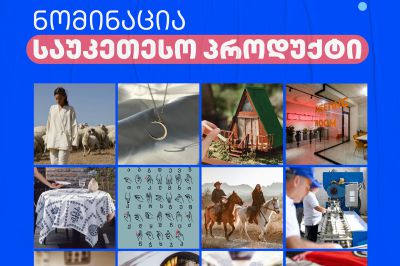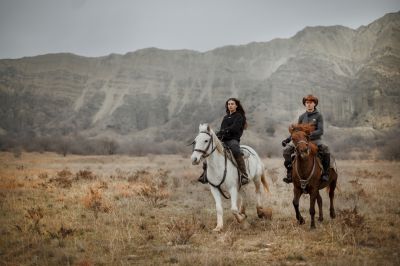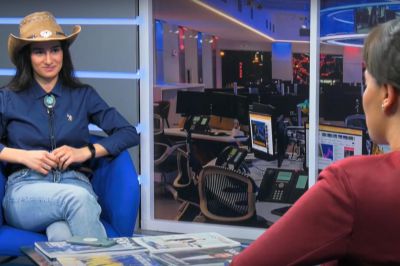 Blog
Blog
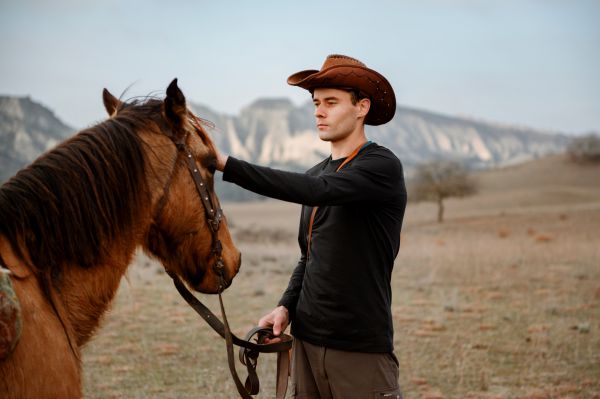
About Horses - 2021-12-23
Body language of a horse
Horses do not utter words, but with their distinctive body language, it is very easy to speak to them. The eyes, ears, lips, skin, limbs, and tail are the parts of the body by which the horse expresses mood, pain, and emotion. Communicating with horses and observing them will help you to learn their language. Let’s start with the ears first. Horse ears as well as limbs are very sensitive parts that are driven by nerve endings. If a horse with its ears pricked back is a sign that it does not like the behavior around it, be it caused by a human, a horse, or any other animal. At such times, defensive actions such as biting, kicking, or hitting the torso are expected from the horse. Some horses tend to bend the ears behind and move the lip to the front when approaching a human, as they do not want to stand or sit on the expected saddle, in which case caution is needed to avoid the defensive action expected from the horse. If you are riding a horse and the rider is coming behind you, you should pay attention to the horse's ears, because if the back rider comes close to you, a distance that might cause your horse discomfort is expected to kick him in the back, often it ends injuring the rider. Your horse with a bend behind its ears and a sharp movement of its head sends a warning signal to the horse in the back, which most likely the horse will not notice, and only you can avoid the impending injury to the next rider with a sharp movement of the bridle and a light push of the back. The horse can make sharp movements of the skin anywhere on the body, which was developed to protect against insects. If you are touching a horse, scrubbing, or checking for damage to its skin and a sharp movement of the skin has started, it is best to stop touching its skin unless it needs some kind of necessary medical attention. If you notice that the horse is limping and there is no superficial injury or swelling, be sure to manually test the entire length of the limb and find the cause of the lameness. When you touch the place where the horse has the pain, it will inevitably make a sharp movement, which is often due to raising the leg or taking a step. If such a superficial examination is not able to detect the lesion, it is necessary to examine the hoof with a medical hammer or similar instrument, with a light blow on it from all sides. You should also pay attention to body temperature. There are cases where at first glance the lesion is not marked but the hoof, or any part of it, is warm compared to other parts of the same limb. Pricked up the ears, raising the head above, and firing in one place is a sign that something has caught the horse's attention, it may be caused by movement unnoticed by human sight and hearing, or noise and such behavior of the horse should be taken as a warning. When riding a horse, if you notice that the horse's neck and head are tilted down relative to the torso, it is a sign that the horse is tired and needs to rest, even if breathing is not frequent. There are cases when the horse bleeds from the nose, which is caused by excessive riding and overheating and you should rest. This is even good on the one hand, as it has prevented the horse from falling and dying from rising pressure. If the horse has fallen from riding and overheating and can’t stand, if you do not have the appropriate medical equipment, you must rub the skin so that it bleeds. If you do not have a sharp object, then a stick or other thin and long object should be inserted into the nostril to draw blood. This is the only way to save a horse. "Urine suffocates" is one of the worst and deadliest cases that can only be caused by human negligence. At such times the horse has difficulty urinating, or can no longer do so at all, which can lead to death. It should be noted that this can only happen to a stallion, or a gelding horse, when traveling long distances, a mare horse does not suffer from a similar problem. An hour to two hours after the start, you must stop, get off the horse, pull the reins to graze the grass, and wait until the horse urinates, only then continue to move to avoid "urine suffocating". You can determine the time from the first break to the second break based on your and the horse's abilities. The neigh, snorting and whistling-like sound that only a stallion emits is the sounds of the horse in different tones and sounds. Use each of them according to the situation. The neigh is used more often as a sign of exclamation. Horses can find horses over long distances, as other horses usually respond by neigh and not just by smell will have to find them. The neigh also uses the address of its owner if it is hungry or threatened by a wild predator. Low tone neigh is the sound of a voice when the horse sees you with hay or salt in your hand and realizes that it is for it, so it expresses gratitude and feels that it is hungry, thirsty, wants salt, barley, or oats, whatever horse love. The horse also neig
Read more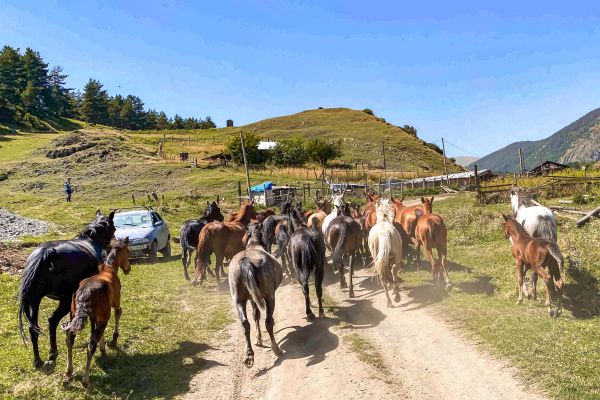
About Horses - 2021-12-21
What you should know about horses
The horse (Equus caballus or Equus ferus caballus) is a four-limbed mammal. Horses have been long time the most economically important domestic animals and have played a special role in transporting people and cargo for thousands of years. A horse is a pet it originated from a wild horse. Under the influence of food extraction and defense conditions from the enemy, the horse developed the ability to run fast. The horse has long, thin, and strong legs that end in a single well-developed toe. The finger is covered with a large and cool hoof. Because the horse has only one toe on the foot, reduced foot friction on the ground. This makes it easier for the horse to run fast. The horse's distant ancestors had more fingers, but then, in the process of adapting to existence in the open dry fields, the number of fingers gradually decreased. Even now the horse has two very small bones in the skeleton of its leg, called griffin bones. To defend oneself from enemies, the ability to run fast alone would not be enough, a horse would not have the ability to also notice the approach of the enemy. The horse has good eyesight, hearing and smell. A relatively high neck above the neck allows you to see the enemy from a distance. High-pitched ears and large dampness testify to the horse's sharp hearing and smell. Horses originating in the field were initially bothered by flies and other insects. Against them the horse can move the skin and thus scare away insects. A long tail also helps the horse repel insects. A horse is a grass-eating animal. Her teeth and gut are also built according to plant foods. The horse does not eat food, he must graze food on the pasture. It therefore has very well-developed teeth, which is why its jaws are also long: long jaws give the horse its elongated shape. The front of the upper and lower jaws have six large and six inclined incisors. With these cutters the horse grazes the grass. The fang only have stallions, but they are very small. The incisors have a toothless distance behind the jaws, followed by six main teeth on each side of both jaws. The main teeth are large, their surface is flat and covered with enamel wrinkles. Through such teeth the horse chews grass, hay and other plant foods very well. The horse's stomach is large in volume but simple in construction, it is not divided as in living things. The horse, on the other hand, has a much larger intestine than the living. Hard-to-digest plant foods are partially digested in the small intestine. The total length of a horse's intestines is only 10 times the length of the body, while in livestock the intestines are 20 times the length of the body. Therefore, the horse is less accustomed to eating large amounts of raw food, it needs more nutritious food such as barley or oats. The lifespan of a horse reaches 30-35 years, sometimes even 40-50 years. A horse gives birth to one calf, in rare cases - two. The newborn calf, a few minutes after birth, can stand on its feet and soon even chase after its mother. Domestic horse breeds are diverse. They specialize in the work to be done. Examples are: seat, race, heavy load-bearing horses. Many local horse breeds have been created in our country. Tush and Megrelian horses are notable among the local breeds of horses in Georgia. The Tush horse is well accustomed to existence in the mountains and is widely bred in eastern Georgia. He is considered a good saddle horse. The body is relatively small (height does not exceed 140 cm). Megrelian horse is widespread in western Georgia. He is a good worker-horse and also a fast-moving. Height is relatively small (height reaches 135 cm).
Read more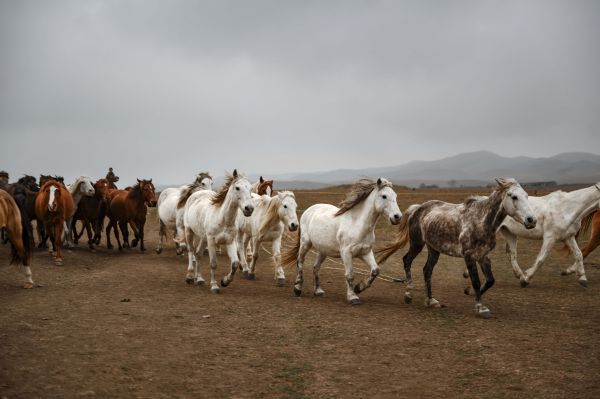
About Horses - 2021-12-16
The history of the horse
The history of the horse starts 60 million years ago in the territory of North America. The ancestor of the horse of that time - Protorohippus - weighed only 10 kilograms and had fingers instead of hooves on its limbs. Four toes on the front feet and three toes on the back. This was due to the climate of that time. 60 million years ago in the north, the American territory was covered with forests and various vegetation. Climate change over time has also affected the evolution of the horse, strengthening the soil and depleting it, leading to the healing of the fingers on the horse's limbs and the formation of hooves. As a result of environmental conditions the limbs developed, increased strength and agility. This was caused not only by climate change but also to protect itself from predators. The subject of research is still the appearance of the horse on the Eurasian and African continents, it must have happened 1 - 2.5 million years ago. Scientists suggest that during this period Alaska and the territory of present-day Russia were connected by land. It was this route that horses took to cross the Asian continent and then spread to Europe and Africa. The reason for this was to be the beginning of a great glaciation in one version. Even 10,000 years ago, like many other mammals, horses became extinct in the Northeast territory of America. About 4500 years ago man first domesticated the horse, which eventually changed the world and made it smaller. With horse domestication the movement time decreased, the farm began to develop, and the wars became bigger and more brutal. Even during Ist World War, the horse was still actively used as a transport-pulling force. We can say that the relationship between man and horse, which started 4500 years ago, was very closely related until the middle of the 20th century when the development of engines and agricultural technology reduced the role of the horse and its involvement in human daily activities. The ancestor of the modern horse is considered to be the "Przewalski horse", the only surviving wild horse that has not been domesticated. The Russian military officer and geographer of Polish descent, later Major-General Nikolai Przewalski (1839-1889) discovered this breed in 1879 in Central Asia, Mongolia, after which it was named "Przewalski's Horse". Its numbers reached a critical level in the 1960s, after which it was decided to protect and care for its reproduction. If in 1945 their number was only 13 units, by 2014 their number had already reached 388. Today’s horses and their related animals, donkey, and zebra are united in the Equus group.
Read more